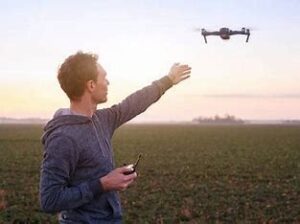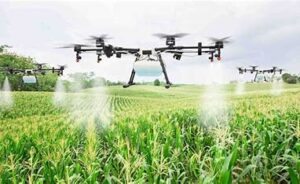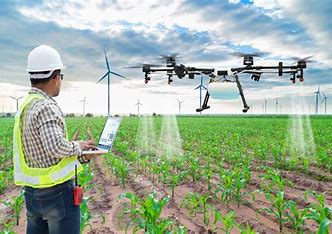 Embracing the Sky with Care: The Green Guide to Drone Photography
Embracing the Sky with Care: The Green Guide to Drone Photography
In the world of drone photography, where every location offers a new perspective, places like Bismarck, ND, stand out for their unique landscapes. If you need assistance with Drone Photography in Bismarck, ND, calling on local professionals can surely assist you in capturing the beauty of this region while adhering to eco-friendly practices. As we explore the art of aerial photography, it’s increasingly important to balance our creative pursuits with environmental responsibility. This post delves into sustainable practices for eco-friendly drone photography, ensuring that our quest for mesmerizing aerial shots aligns with our commitment to preserving the natural world.
 Understanding the Environmental Impact
Understanding the Environmental Impact
Firstly, it’s vital to recognize how drone operations can affect ecosystems. The buzzing of drones, often likened to a swarm of bees, can disturb wildlife, particularly birds and other creatures sensitive to noise and sudden movements. The intrusion can lead to habitat disruption, altered feeding patterns, and stress-induced behaviors. Furthermore, the risk of drones crashing in natural areas raises concerns about litter and potential harm to wildlife.
The Pillars of Eco-Conscious Drone Photography
- Educate Yourself on Local Wildlife and Ecosystems: Before your drone takes flight, research the area. Understand the local wildlife, particularly nesting birds or endangered species, and plan your flights to minimize disturbance.
- Respect No-Fly Zones: Adhere strictly to designated no-fly zones, which often protect sensitive ecological areas or wildlife reserves.
- Maintain a Safe Altitude: Flying at a higher altitude can reduce noise disturbance and the risk of wildlife interactions. However, always stay within legal altitude limits.
- Eco-Friendly Charging Solutions: Opt for solar-powered chargers or eco-friendly battery options to power your drone. This small shift can significantly reduce your carbon footprint over time.
- Avoid Overcrowding Skies: In popular tourist spots, multiple drones can create excessive noise and environmental stress. Coordinate with other drone operators to ensure not everyone is flying simultaneously.
- Mindful Disposal and Recycling: When it’s time to upgrade or dispose of your drone, do so responsibly. Look for electronic recycling programs that can handle batteries and other drone components.
- Promote Conservation Through Your Photography: Use your platform to raise awareness about environmental issues. Captivating images can be powerful tools in advocating for the protection of natural landscapes.
- Eco-Friendly Travel Practices: Align your travel habits with your eco-conscious values. Opt for public transport, minimize your carbon footprint, and support local, sustainable businesses.
The Bigger Picture: A Sustainable Future
As drone photographers, we’re privileged to capture the Earth’s beauty from a unique perspective. This privilege comes with the responsibility to protect the very vistas we cherish. By adopting sustainable practices, we contribute to a future where technology and nature coexist in harmony.
Eco-friendly drone photography isn’t just about reducing harm; it’s about fostering a deeper appreciation for our planet. Each flight is an opportunity to celebrate and preserve the world’s natural wonders for generations to come. So, as we soar into the skies, let’s pledge to do so with respect, care, and a deep commitment to the environment.


